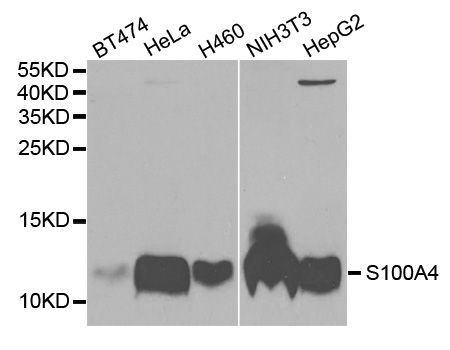
WB analysis of peripheral blood mononuclear cells lysate using GTX89197 S100A4 antibody, C-term. Dilution : 0.05microg/ml Loading : 35microg protein in RIPA buffer
S100A4 antibody, C-term
GTX89197
ApplicationsImmunoFluorescence, Western Blot, ImmunoCytoChemistry, ImmunoHistoChemistry, ImmunoHistoChemistry Paraffin
Product group Antibodies
TargetS100A4
Overview
- SupplierGeneTex
- Product NameS100A4 antibody, C-term
- Delivery Days Customer7
- Application Supplier NoteWB: 0.05-0.2microg/ml. IHC-P: 1-2microg/ml. *Optimal dilutions/concentrations should be determined by the researcher.Not tested in other applications.
- ApplicationsImmunoFluorescence, Western Blot, ImmunoCytoChemistry, ImmunoHistoChemistry, ImmunoHistoChemistry Paraffin
- CertificationResearch Use Only
- ClonalityPolyclonal
- Concentration0.50 mg/ml
- ConjugateUnconjugated
- Gene ID6275
- Target nameS100A4
- Target descriptionS100 calcium binding protein A4
- Target synonyms18A2, 42A, CAPL, FSP1, MTS1, P9KA, PEL98, protein S100-A4, S100 calcium-binding protein A4 (calcium protein, calvasculin, metastasin, murine placental homolog), calcium placental protein, fibroblast-specific protein-1, leukemia multidrug resistance associated protein, malignant transformation suppression 1, metastasin 1, murine placental homolog, placental calcium-binding protein, protein Mts1
- HostGoat
- IsotypeIgG
- Protein IDP26447
- Protein NameProtein S100-A4
- Scientific DescriptionThe protein encoded by this gene is a member of the S100 family of proteins containing 2 EF-hand calcium-binding motifs. S100 proteins are localized in the cytoplasm and/or nucleus of a wide range of cells, and involved in the regulation of a number of cellular processes such as cell cycle progression and differentiation. S100 genes include at least 13 members which are located as a cluster on chromosome 1q21. This protein may function in motility, invasion, and tubulin polymerization. Chromosomal rearrangements and altered expression of this gene have been implicated in tumor metastasis. Multiple alternatively spliced variants, encoding the same protein, have been identified. [provided by RefSeq, Jul 2008]
- Storage Instruction-20°C or -80°C,2°C to 8°C
- UNSPSC12352203
References
- Converting melanoma-associated fibroblasts into a tumor-suppressive phenotype by increasing intracellular Notch1 pathway activity. Shao H et al., 2021, PLoS OneRead more
- The intervention effect of nicotine on cervical fibroblast-myofibroblast differentiation in lipopolysaccharide-induced preterm birth model through activating the TGF-beta1/Smad3 pathway. Han X et al., 2021 Feb, Biomed PharmacotherRead more
- Notch1-WISP-1 axis determines the regulatory role of mesenchymal stem cell-derived stromal fibroblasts in melanoma metastasis. Shao H et al., 2016 Nov 29, OncotargetRead more
- Notch1 Pathway Activity Determines the Regulatory Role of Cancer-Associated Fibroblasts in Melanoma Growth and Invasion. Shao H et al., 2015, PLoS OneRead more

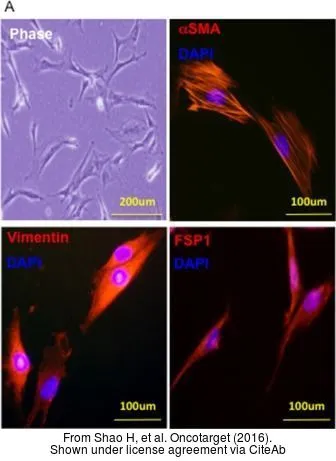
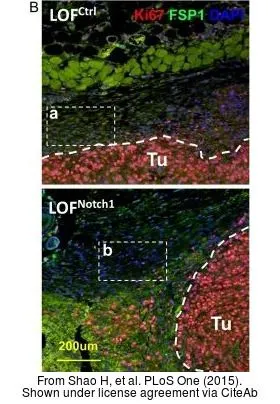
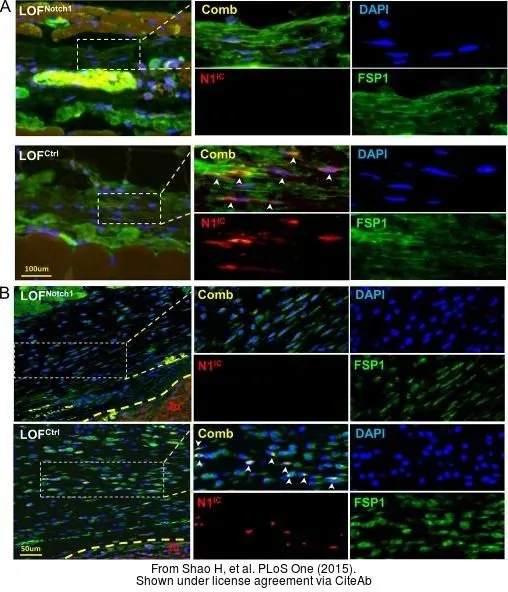
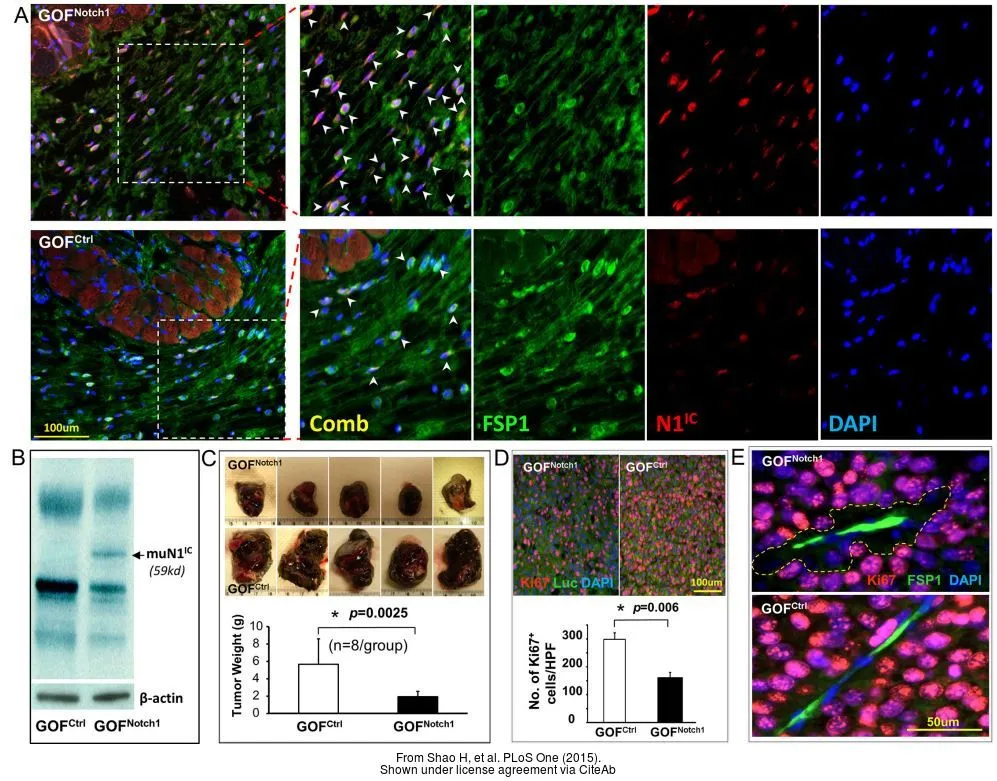
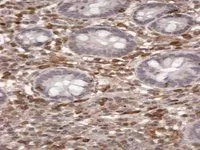
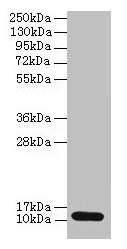
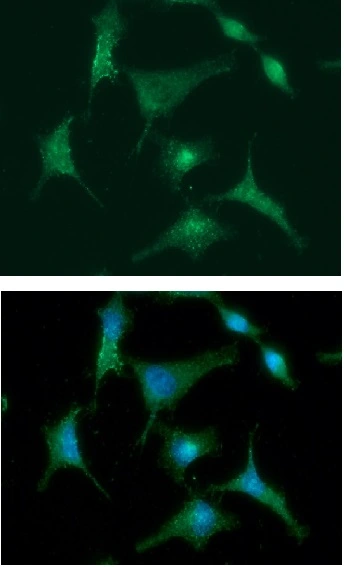
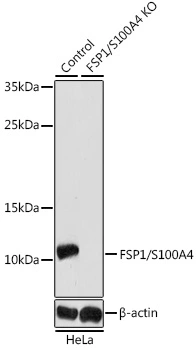
![FACS analysis of T98G cells using GTX34999 S100A4 antibody [S100A4/1481]. Blue : Primary antibody Red : Isotype control](https://www.genetex.com/upload/website/prouct_img/normal/GTX34999/GTX34999_20200115_FACS_1880_w_23060801_269.webp)
![FACS analysis of T98G cells using GTX35000 S100A4 antibody [S100A4/1482]. Blue : Primary antibody Red : Isotype control](https://www.genetex.com/upload/website/prouct_img/normal/GTX35000/GTX35000_20200115_FACS_1881_w_23060801_954.webp)


